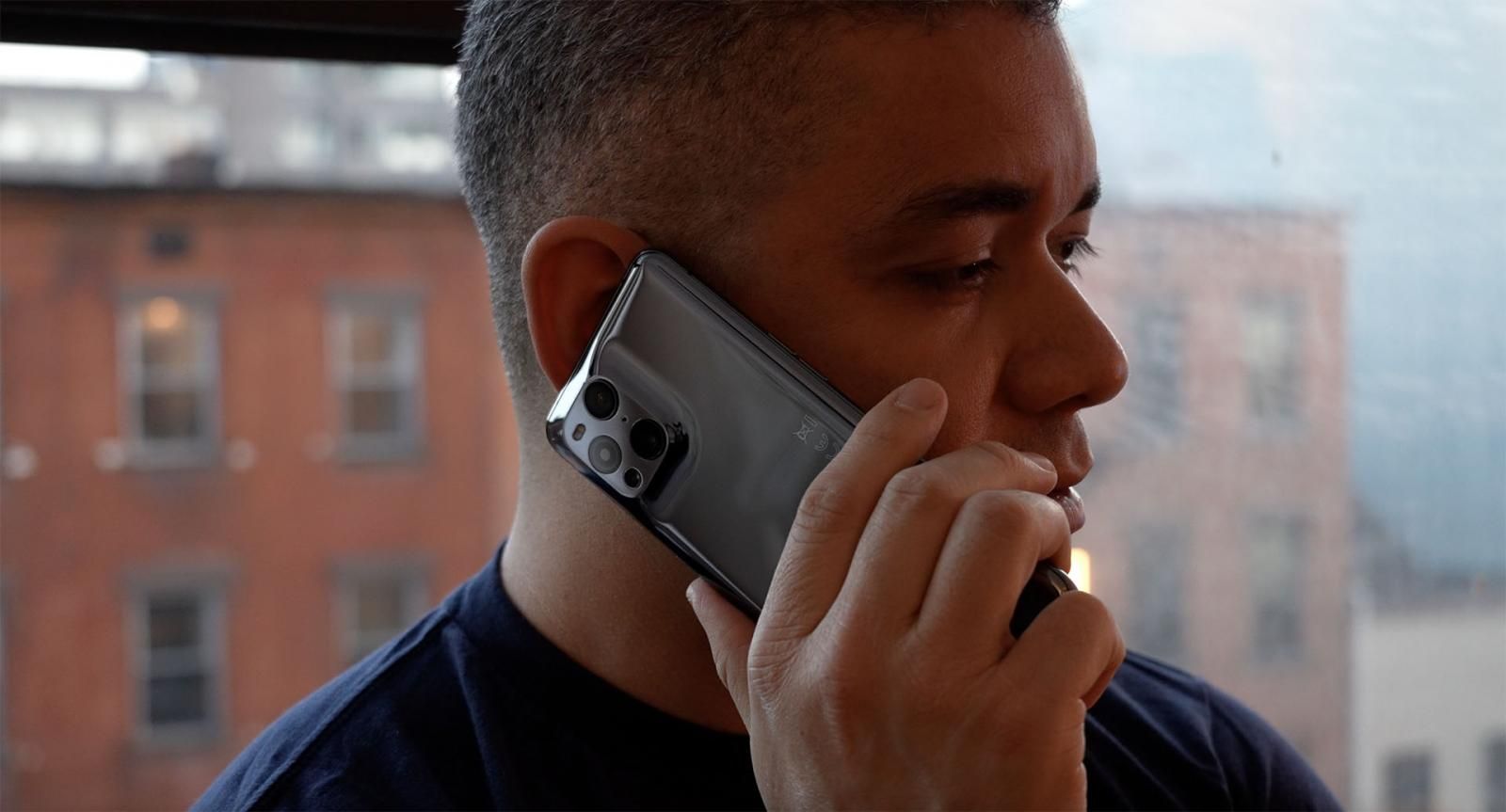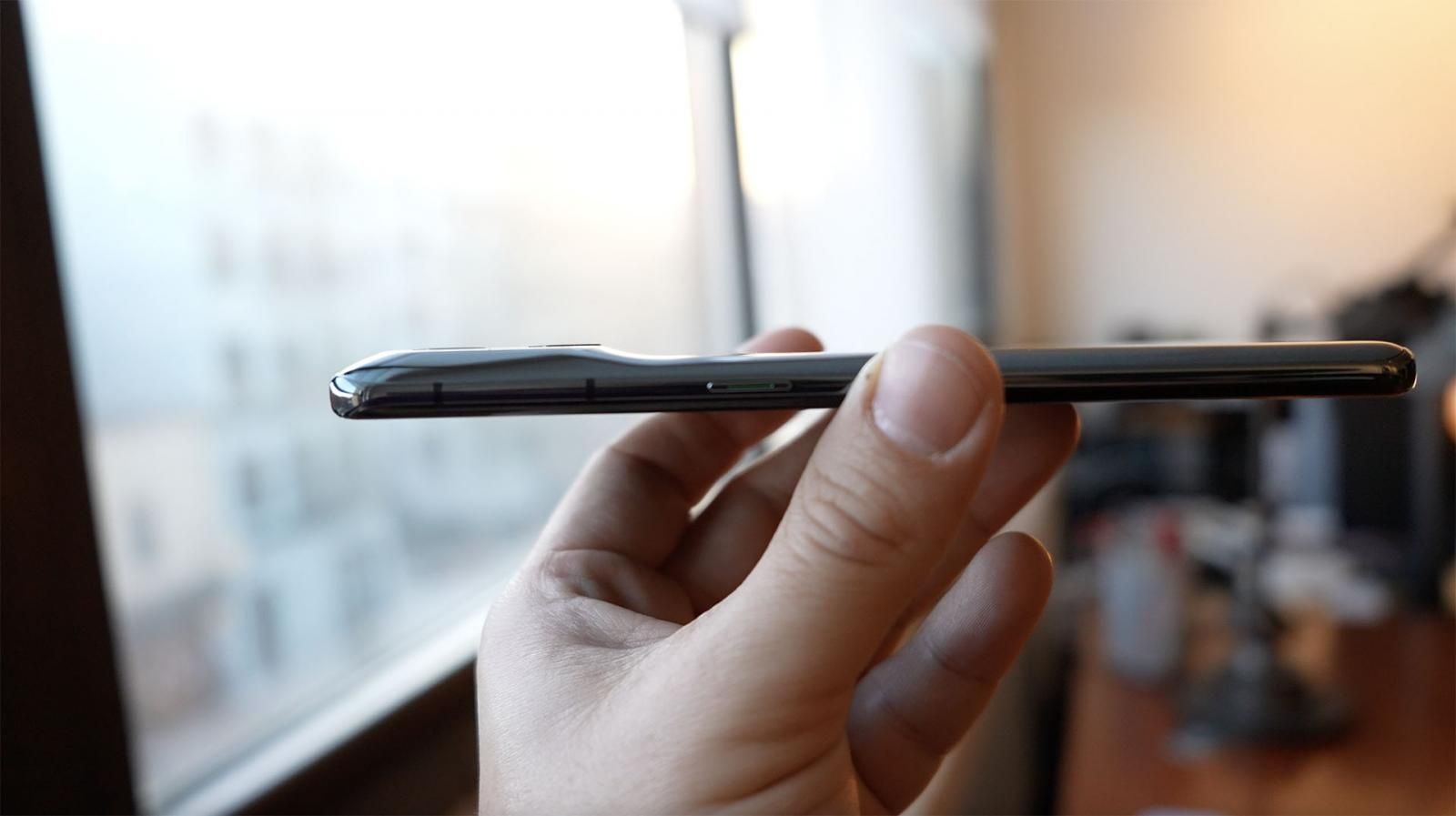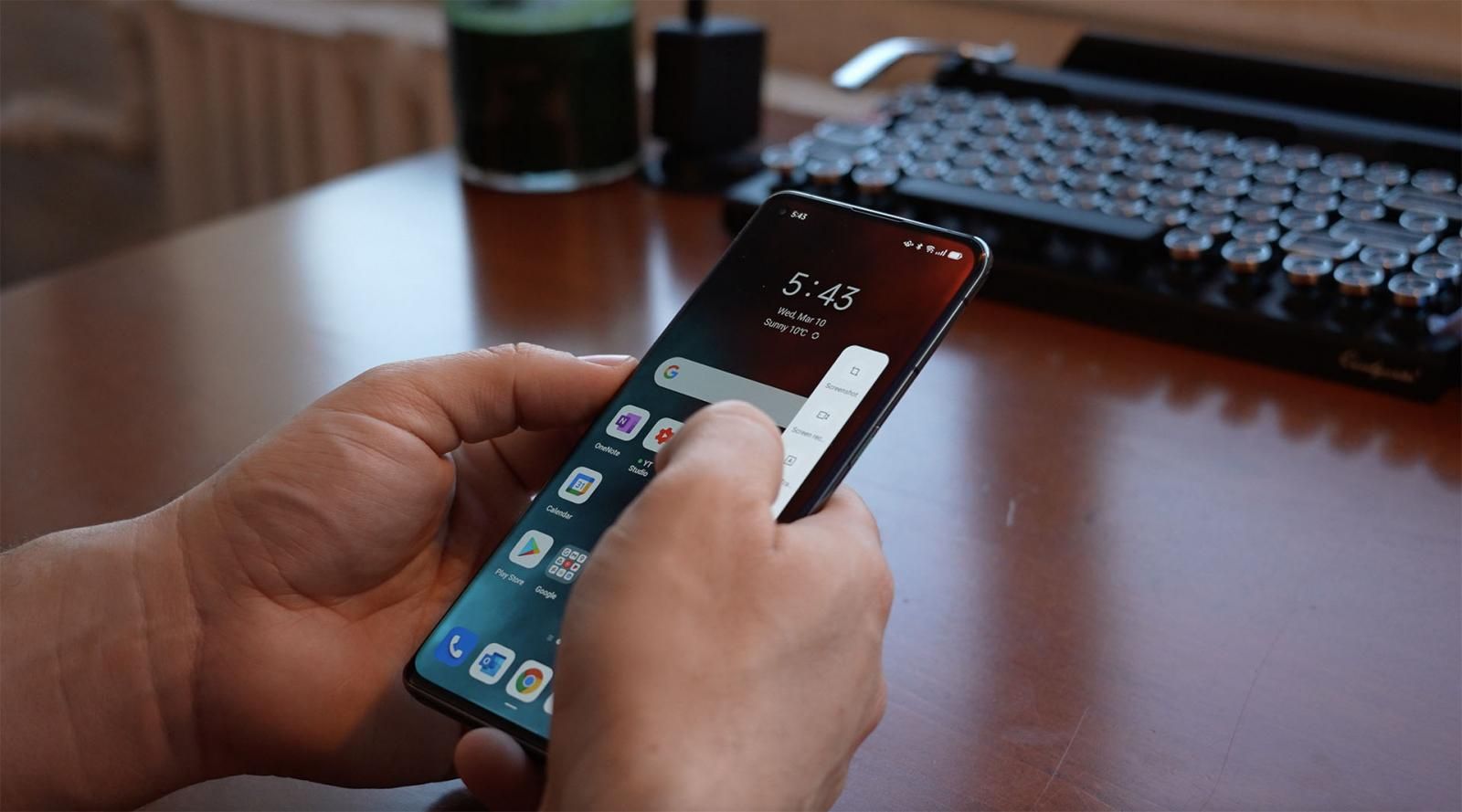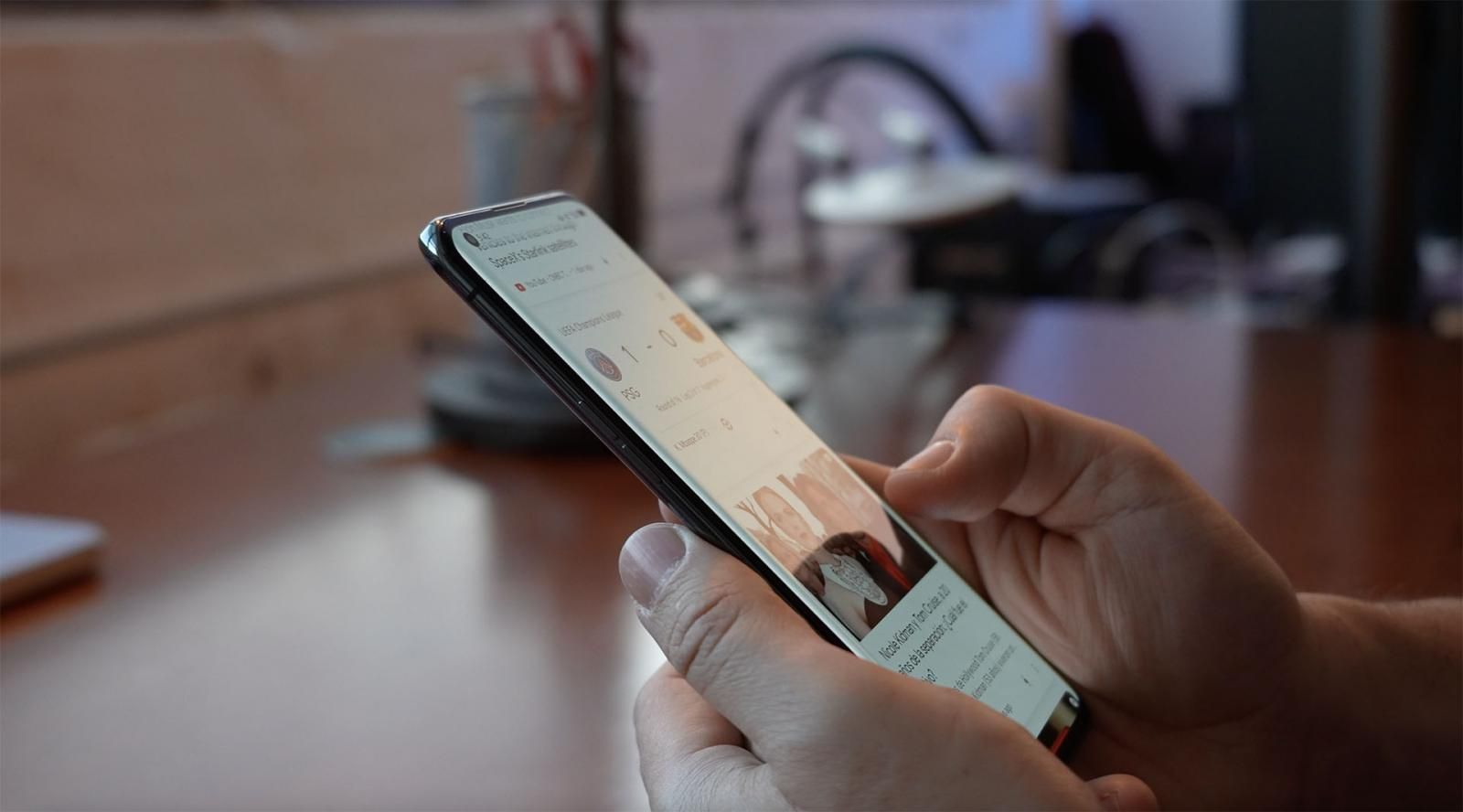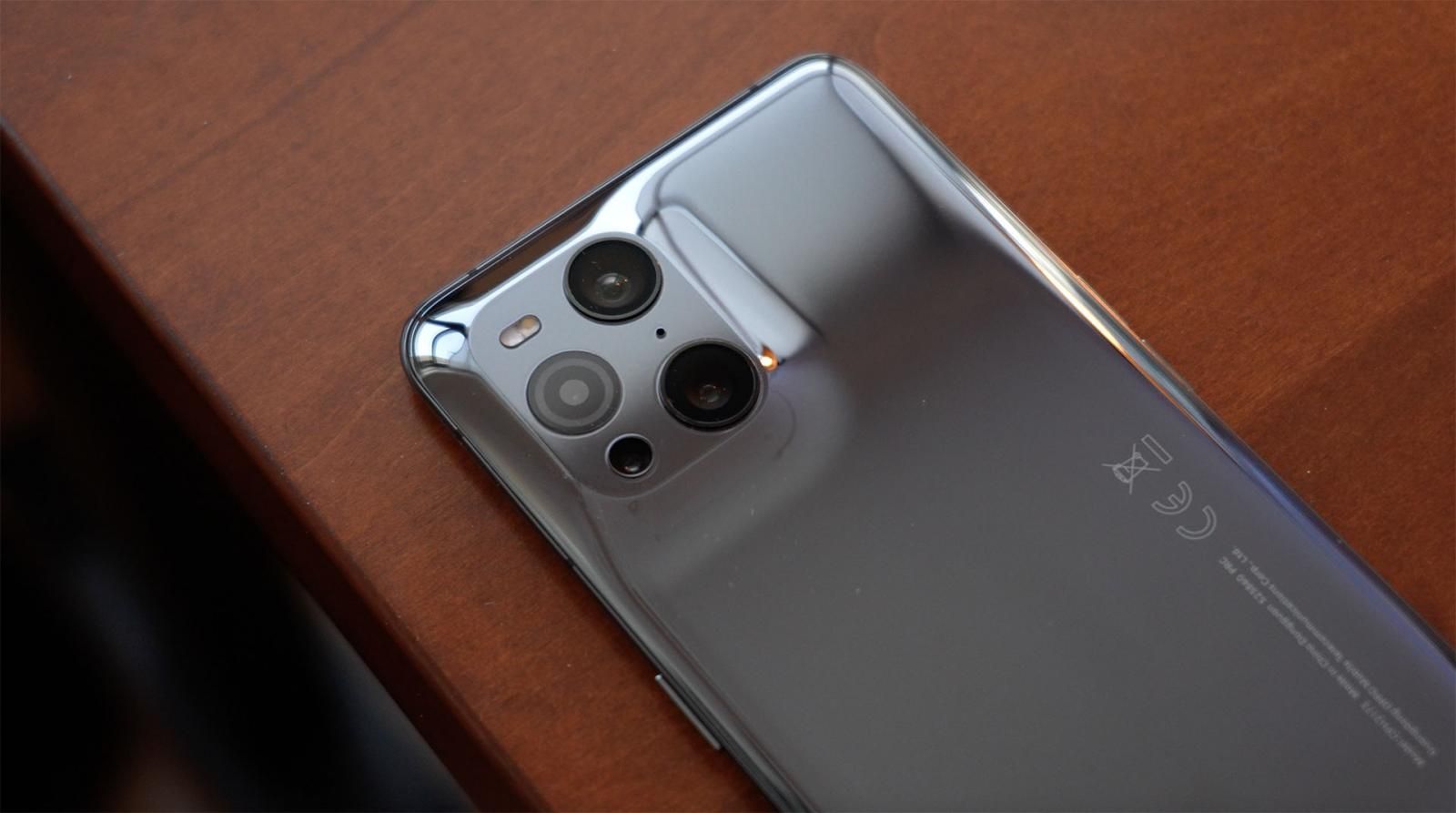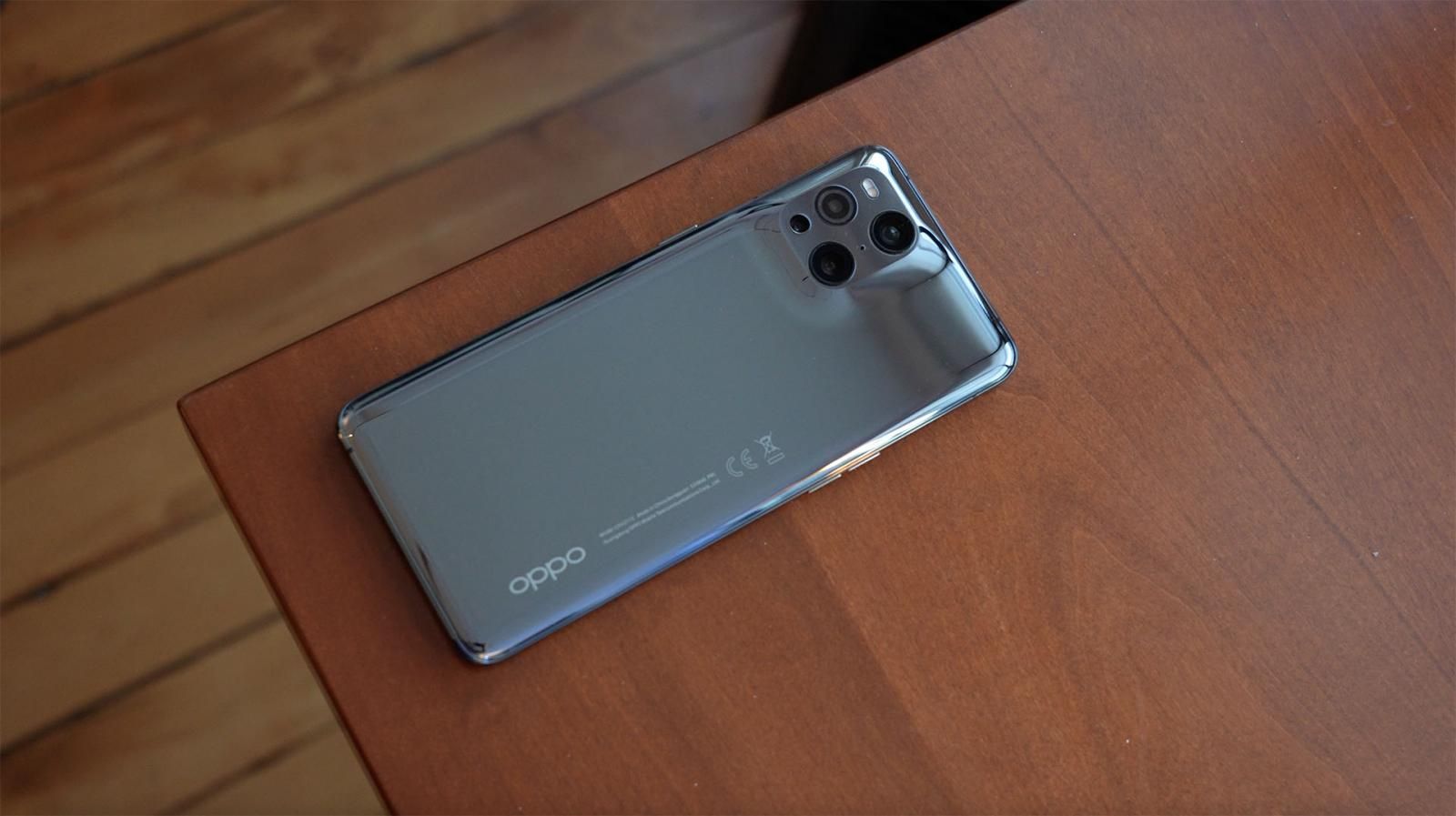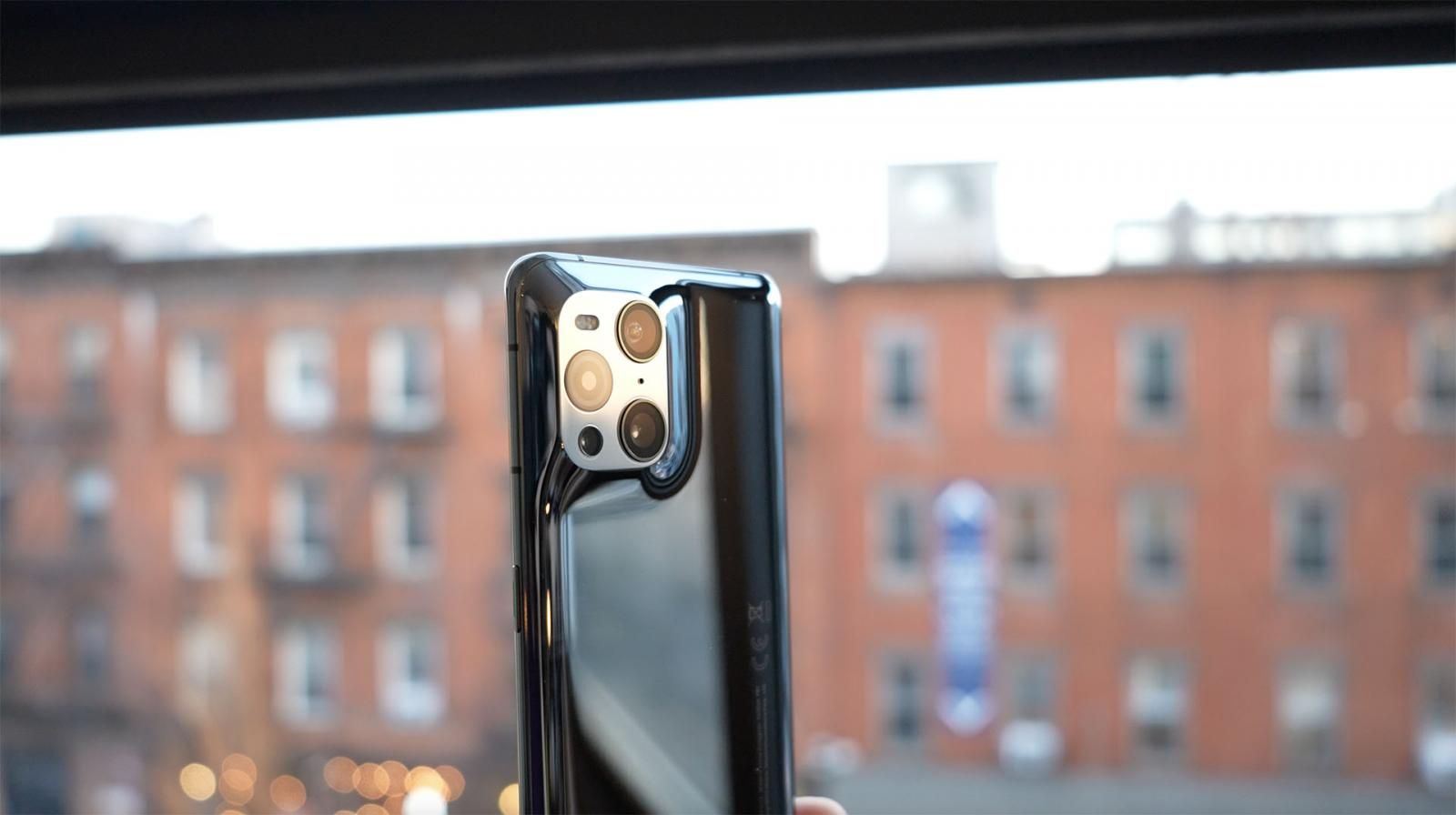Anton D. Nagy contributed to this post.
For the longest time, the OPPO Find lineup has been more about Finding innovation than restraint. The Find 7 wowed many of us with its specs and QuadHD display for the time. The Find X was… Well, crazy. It took the design and motorized cameras more seriously than any other, and then the Find X2 Pro didn’t just go Periscopic but also taught the new kids how to do it in a compact body. There’s never been anything conventional about them, so of course, it creates this sort of expectation of another vanguard phone for 2021.
Well, this is the Find X3 Pro, what OPPO dubs as the Billion Color phone, and what I’m gonna call one of the sleekest, best-looking phones of the year so far, but not necessarily what I’d call a successor to what made the brand popular. So yeah, it’s not crazy, there’s no wow factor, but if refinement was the intent, there’s a lot of that here. This is our OPPO Find X3 Pro review.
You know, I saw the leaks, and sure, I also thought it looked a lot like an iPhone, but I think that’s a huge oversimplification. See, usually, smartphones in this category are large and chunky just to fit all their hardware, but this is probably the thinnest and lightest flagship I’ve tried yet.
Hardware
To provide some context, it’s just 193 grams, making it around 35 to 36 grams lighter than the 12 Pro Max and S21 Ultra respectively. It’s also just 8.2mm thick, leaving the Ultra trailing behind at 8.9, though the 7.4mm on iPhone is hard to catch up with. I don’t usually make a big deal about these things, but because the body is narrower than average, somehow the weight distribution makes this phone feel almost hollow and effortless to use.
Now, it does seem like if 2021 is the year of the contour camera, but this is a very different approach. There’s a whole scientific explanation into how it takes 40 hours and more than 100 processes to create this kind of a curve, and I like it. It’s more cohesive and helps prevent lint from being stuck in the corners. If anything I’d say the curves make the hump look larger than it is because it doesn’t really protrude much. It is elegant, I’ll give you that, but that’s so long as you can keep it clean. I might recommend you try the Blue option cause this Gloss Black color doesn’t do so well in that department. Also, I don’t have a specific rating for the back, but I do know the front is Gorilla Glass 5.
Now the whole claim for the Billion Colors starts with this display. Last year’s Find X2 Pro was my favorite display on a phone, edging out every competitor in contrast ratio, and the legacy continues. This is a stunning 6.7-inch Quad HD OLED capable of 10-bit color, 100% of the DCI-P3 color gamut, HDR10+, 1,300 nits of brightness, and the same 5 million to 1 contrast ratio from last year. Colors, brightness, and viewing angles are seriously fantastic, and because it’s LTPO, you also have a variable refresh rate between 5 and 120hz at more power efficiency, and 240hz touch sampling. Match this with tiny and symmetrical bezels allowing for 92.7% of screen to body ratio, and a good pair of dual firing speakers, and yeah, content consumption is great. There’s also a very fast but not as reliable face to unlock through the punch hole, and an optical fingerprint scanner at the very bottom of the display to unlock it easier while wearing a mask.
Internals are also that of your typical high-end flagship, with the latest Qualcomm Snapdragon 888, 12 gigs of RAM, 256 gigs of non-expandable storage, Dual-SIM 5G that supports all flavors, the latest Wi-Fi and Bluetooth, a large 4,500 mAh battery, VOOC rapid charging up to 65 watts and yes it comes in the box. Finally, some wireless charging up to 30 watts if you have AirVOOC which is optional, it’s reversible up to 10 watts, and yeah, IP68 water and dust resistance are in tow.
Software and Experience
This is Color OS 11.2 running on top of Android 11, which sure is not stock Android, but not really far from it. The UI elements are still mostly OPPO, but the more you use it, the more you realize just how much Google-ified it is. You have the Google feed to the left of the launcher, there’s an option to call on the Google Assistant from the power button, and you can also set an app tray if that’s your jam. Other features are actually welcomed, like using your fingerprint to unlock your Private Safe or specific apps, in addition to calling on shortcuts with a gesture. A side menu for quick shortcuts, and other enhancements like Game Space and OPPO Relax 2.0.
Really all you care about is that the UI doesn’t bog down the experience, and that’s the case here. Apps launch fast, animations are minor so it all feels smooth, and as a result, I feel battery life is pretty good. After a week of testing on Google Fi, I’ve been able to end my days with enough of a charge left, no overheating, though even with all the 5G antennas included, I can’t say I ever got 5G to work. Fi is still finicky about the phones it supports with it, even leaving iPhones off the list, so I’ll attribute that to my problem.
Camera
Now let’s talk cameras for a bit, cause that’s another reason for the Billion Color tagline. OPPO and Sony co-engineered a new 50-megapixel IMX766 sensor that’s capable of 10-bit color, but this is actually the first phone to include two of them. One for the primary camera, and the other for the ultra-wide. This makes a lot of sense cause if you think about it, in a mirror-less camera you can change lenses to provide different focal lengths, but image quality is never affected cause the sensor doesn’t. I wish that were the case with the telephoto, which took a step back from being periscopic. I’ll let the results do the talking, and we’ll discuss that fourth camera in a bit.
At first, I thought they just looked great because the display made them look good, but once you pull them into a computer, the results remain consistent. As expected daylight photos are great, but OPPO is playing with a bit more contrast in its color science, creating this sort of Leica grain that I’m really liking. It makes colors like red look bolder and more elegant. It plays in its favor mostly when switching focal lengths since you’re losing aperture on the other cameras, so the grain sort of compensates for the loss in detail in the shadows. Having the same sensor in the Ultra-wide leads to color consistency, and even if there’s one less element on the lens, there is nearly no distortion on the sides. And sure, we lost the periscopic zoom lens, but I’d say photos even up to 5X hybrid are really good, though I do suggest you stay away from 20X digital.
In low light, I’d say this phone performs better than most. These would be the only ultra-wide photos I’d recommend at night, providing results that are almost on-par with the Primary. Obviously the darker it gets the harder it is given the differences in aperture, but I’m very impressed overall. It’s not until you jump to the telephoto that things start falling apart, but it’s the story with every other phone.
Oddly, I’m a fan of selfies, but not of selfie portraits. Somehow the latter needs some serious tuning as all dynamic range is blown off, something every other competing phone solved generations ago.
And sadly, it’s the same way I feel about the video. I mean, the back camera can go up to 4K at 60 providing some decent results with good stabilization and colors, but I’m gonna apologize right now for the selfie video footage. No stabilization, pretty regular dynamic range, and it’s still stuck at 1080p, which again is something that competitors addressed ages ago.
As for camera number 4, well this is a Microlens that allows up to 60x magnification and even records Full HD video of, well, the weave that makes up my mouse pad. It uses a circular ring light to help you get really close to your subject, but aside from learning that my hankies were not really 100% cotton, this is more of a gimmick given the low resolution of the results.
OPPO Find X3 Pro review conclusion
To conclude our OPPO Find X3 Pro review, I think the best way to summarize the OPPO Find X3 Pro is by calling it the most mature flagship in this lineup. I mean sure the wow factor is gone, but I think it was done on purpose. During our briefing, we asked why features like the periscopic lens were taken away, and the engineers claimed that users didn’t use it as much as the primary or the ultra-wide. It kind of makes sense for the complexity to be removed if it’s an extra value that’s under-utilized.
Because of its great design, superb display, a great set of cameras,
and excellent battery life,
the OPPO Find X3 Pro is our choice
for a great overall flagship smartphone.
Maybe the reason why I disagree with that approach is that I feel the industry needs phones like the ones this lineup used to stand for. Not all features will stick around for an extra year or two, but the only way to live in the future is through experimentation. If it wasn’t for those motorized cameras or periscopic lenses, I don’t think other manufacturers would’ve adopted the technology. It’s proof that OPPO was actually delivering on useful ideas and not the usual gimmicks we get from other manufacturers.
Regardless, if I were to judge the Find X3 Pro as a flagship, it’s a great phone. From the look and feel of the hardware to the experience with the software, it’s a joy to use. If photography is your thing, it’s one of the best phones on my list, even if I wish all my needs for video were addressed. Sure, I was expecting a bit more than just another flagship with this phone, but that doesn’t deter me from the fact that I have no problem recommending it.

